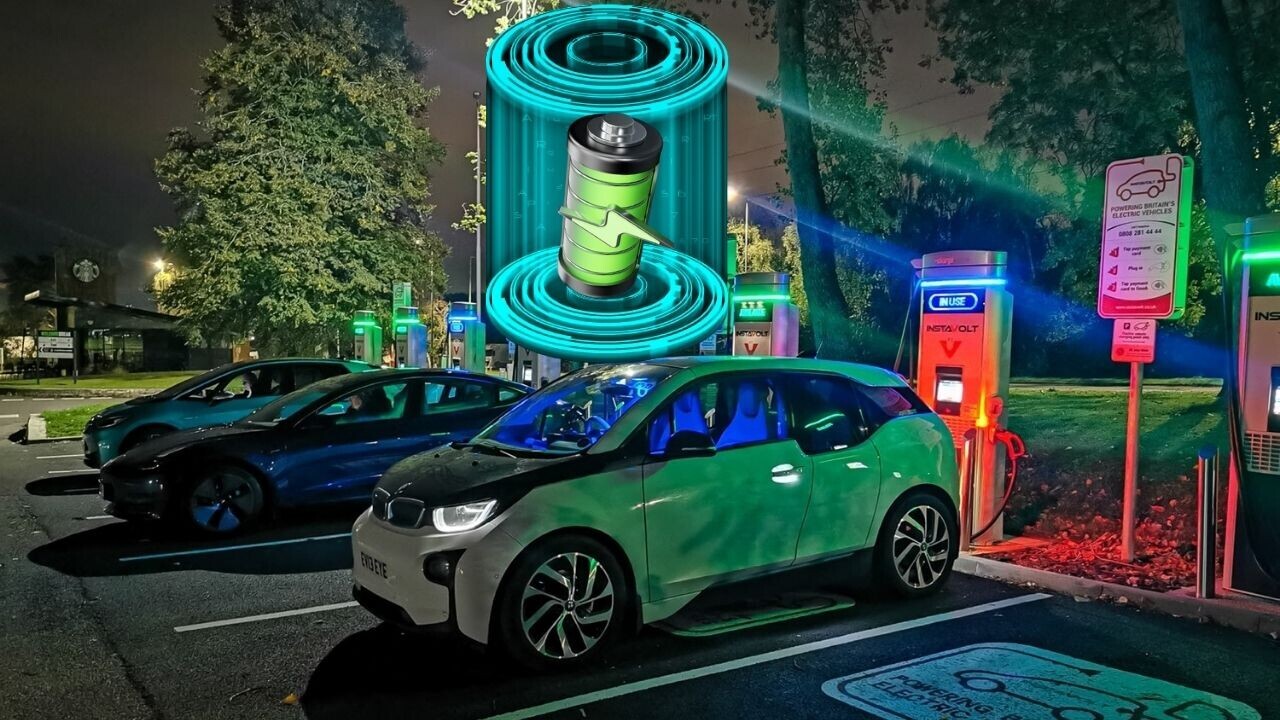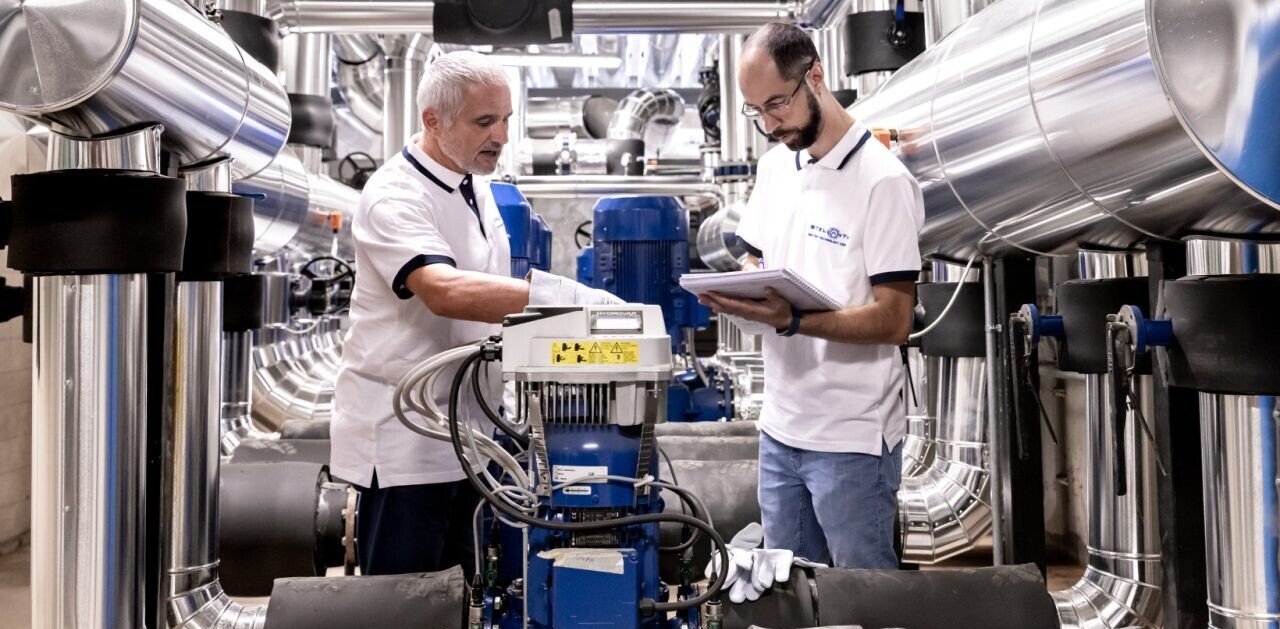
Although lithium-ion batteries have long been the focus of EV development, issues such as battery aging and safety still aren’t fully understood.
That’s mainly because current battery management systems can obtain little information from a battery, and with poor real-time capability. They also can’t store or process large amounts of data during the operation of a vehicle.
But don’t lose your hope just yet, because digital twin tech could actually be a huge game-changer.
What’s a digital twin?
Basically, a digital twin is a virtual simulation of a physical asset.
So in our case, we have an EV battery and a virtual replica of it that’s linked to its physical counterpart.
How does it work?
Simply put, what’s connecting the real battery with its twin is the transfer of data and information.
The digital twin uses sensors to receive two types of information:
- Real-time operational data
- Past usage data
With this information the virtual simulation can get an all-encompassing representation of the battery’s variables: usage patterns, environmental conditions, current performance, temperature, state of charge, etc.
As a result, the digital twin can produce a very accurate replica of the conditions inside the battery pack — in other words, it can mimic the battery’s behavior.
Most notably, though, the twin can analyze the historical and real-time battery data with machine learning algorithms. That way, it can make predictions about the operation of the battery pack and compute control parameters that can be fed back to the battery management system.

What are the benefits?
The digital twin is key to gaining complete control of the battery with easy information availability and accessibility.
First up, it can send back to the battery control parameters that adapt the function of the battery pack to the status of the battery, the driving profile of the driver, and the current operational and driving conditions.
It can also send feedback to the battery pack and the driver about projected future operation and behavior of the battery. For instance, it may send parameters that limit the maximum current during braking if the temperature shows a risk of overheating.
As a result, the digital twin offers insights, recommendations, and tools that can not only optimize battery behavior and performance, but also predict battery life and potential breakdowns.
Has the tech been actually applied?
As you can imagine, digital twin tech can very well be the holy grail of EV batteries, so there’s indeed a number of companies working to implement it.
The most astonishing advancement so far has been achieved by the Real-Time Electrical Digital Twin Operating Platform (REDTOP) project, led by battery analytics firm Silver Power Systems (SPS) in partnership with Imperial College, the London Electric Vehicle Company (LEVC), and JSCA, the research-and-development arm of the Cornwall-based Watt Electric Vehicle Company (WEVC).
The ninth-month project gathered data from 50 LEVC TX range-extender taxis and a WEVC coupé electric sports car, which travelled collectively over 500,000km.
Each vehicle was equipped with SPS’s own data-collection device, which communicates over-the-air with the company’s cloud-based software.
The collected data was then analyzed by the company’s EV-OPS battery management platform and processed by Imperial College researchers.
In September, Silver Power Systems announced that the project has succeeded in creating the “world’s most advanced digital twins of actual EV batteries,” which could offer not only an accurate view of real-time battery performance and state-of-health, but also the potential to predict battery lifespan.
The next big step will be applying the tech to commercial electric vehicles.
HT – Chinese Journal of Medical Engineering, COMSOL, ION Energy
Do EVs excite your electrons? Do ebikes get your wheels spinning? Do self-driving cars get you all charged up?
Then you need the weekly SHIFT newsletter in your life. Click here to sign up.
Get the TNW newsletter
Get the most important tech news in your inbox each week.



